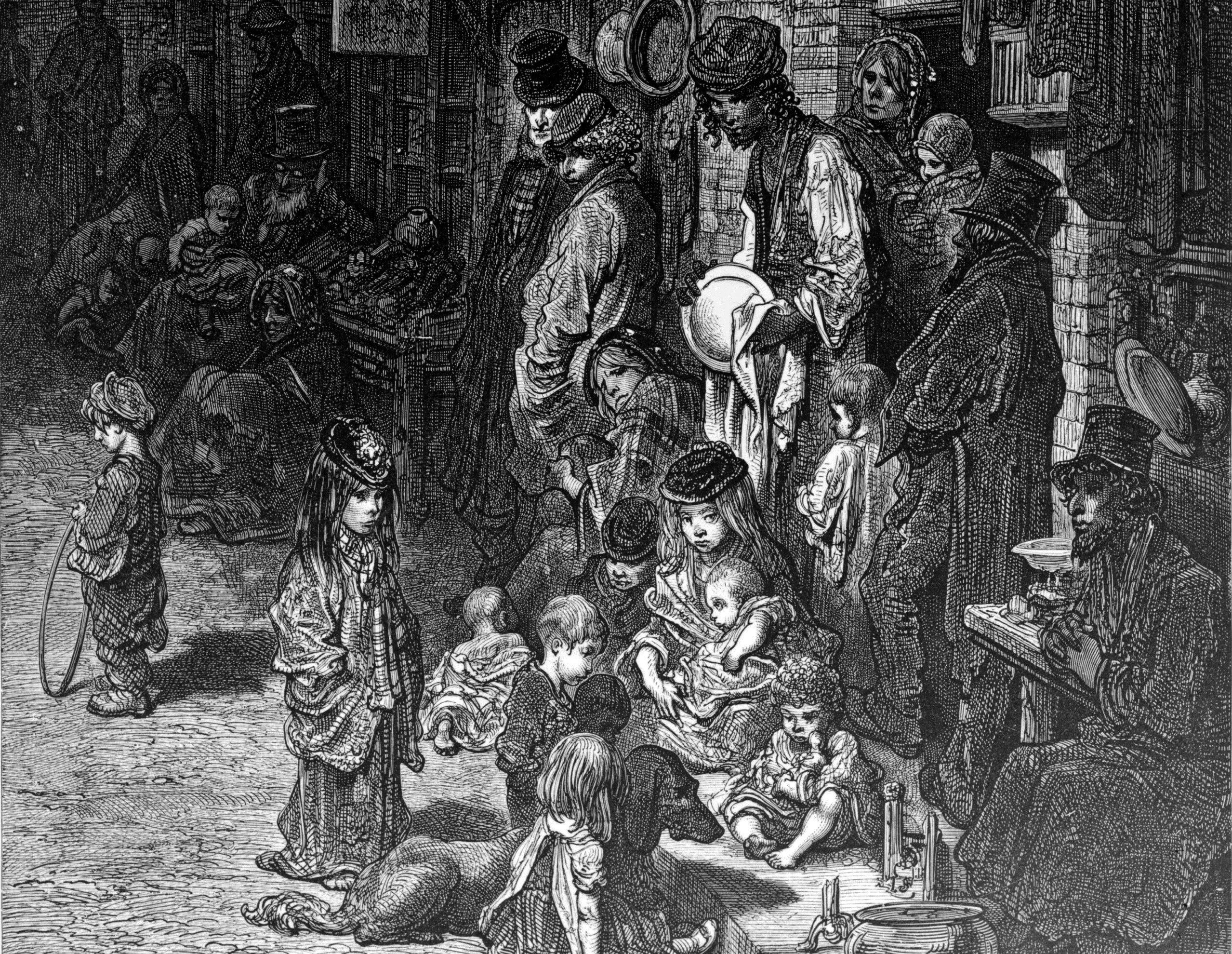
Crime statistics, especially from the nineteenth century, require careful interpretation. First and foremost, population increased nearly fourfold and so raw figures of crime were likely to rise. The number of crimes per head of population is probably a fairer representation of the real state of crime.
The development of police forces had an impact on the numbers and types of crimes reported as well as how they were dealt with. For example, numbers convicted for public order offences like drunk and disorderly behaviour grew, while many reported thefts were listed as lost property. Local directives to clamp down on a particular offence created sudden peaks in local statistics. New laws created a vast array of crimes that had not existed before.
Your organisation does not have access to this article.
Sign up today to give your students the edge they need to achieve their best grades with subject expertise
Subscribe




